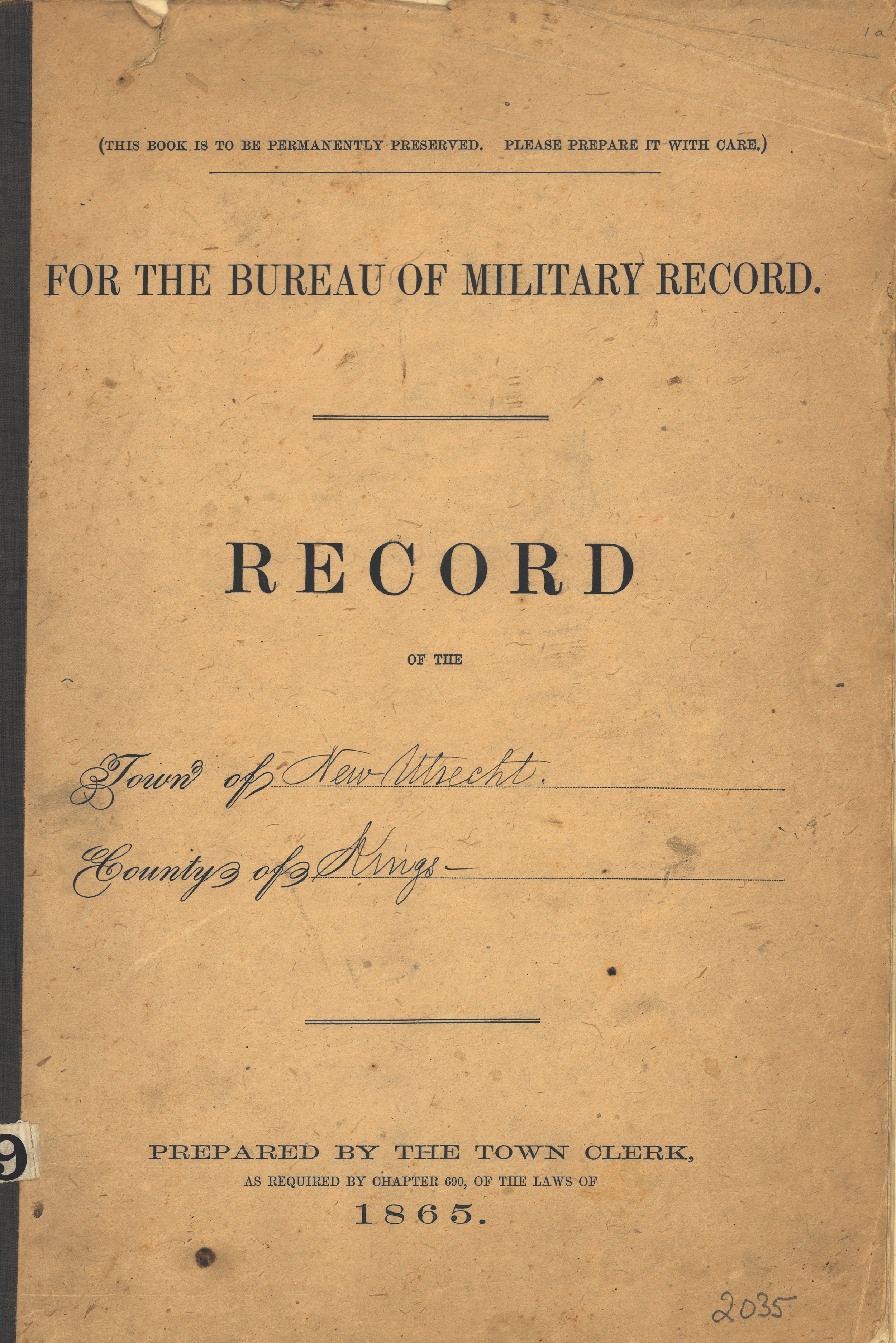Today, July 26, 2024, the opening ceremony for the 2024 Summer Olympic Games will take place in Paris, France, one hundred years after the “City of Light” first hosted Summer Olympic games.
Scrapbook clipping from the New York American, August 7, 1924. Mayor Hylan collection, NYC Municipal Archives.
On August 6, ten days after the 1924 games concluded, New York City welcomed home more than two hundred American athletes with a ticker-tape parade along Broadway and a ceremonial dinner at the Hotel Astor.
This week, For the Record turns to Mayor John Hylan’s newspaper clipping scrapbooks and City Greeter Grover Whalen’s records to tell the story of New York’s celebration for the returning Olympians.
Whalen had perfected the art of staging a ticker-tape parade during his five years leading the Mayor’s Committee for Receptions to Distinguished Guests. Whalen’s files typically contain minutes of planning meetings and lists of invitees for the event. For the 1924 Olympics parade and dinner, the folder includes a “Memorandum” from the President of the Board of Aldermen urging Whalen to extend invitations to the mayors of two dozen other big American cities to “…show that there is no disposition on the part of New York City to ‘hog’ it all.” Whalen apparently accepted their advice. The file includes a transcript of a telegram Whalen sent to mayors of Boston, Detroit, Chicago, Los Angeles and other cities, inviting them to attend a meeting to plan “… an entertainment for the returning victorious American Olympic Team.”
Menu from Olympic Reception. Grover Whalen collection, NYC Municipal Archives.
Menu from Olympic Reception. Grover Whalen collection, NYC Municipal Archives.
Mayor Hylan’s newspaper clipping scrapbook documents the big day. Apparently, it did not get off to a good start. The New York World-Telegram newspaper headline for August 7, read “Olympic Athletes Welcomed Home by a Broiling City.” The article related how fog in the harbor delayed arrival of the ship returning the athletes from Europe. Then, the article continued, “bunglesome” customs formalities further delayed the athletes. Eventually, however, 5,000 people gathered at Battery Park and “braved the burning sun” to see the parade that finally got underway around 5 p.m.. At City Hall, Mayor Hylan shook hands with each of the athletes and gave them gold medals expressing the gratitude of New York City for their showing in Paris. Dignitaries made speeches over the then-new municipal radio station WNYC, and the day concluded with “a beefsteak supper” at the Hotel Astor.
Telegram from Grover Whalen to Andrew Mellon, Secretary of the Treasury, regarding the returning Olympians, July 21, 1924. Grover Whalen collection, NYC Municipal Archives.
Previous For the Record articles have discussed how the mayoral scrapbooks are a useful resource. The mayor’s staff clipped stories from all of the local newspapers—more than a dozen in the 1920s. Although back issues of a few papers, e.g. The New York Times are now available online in digital format, most are not.
The clippings also have value because they provide context and reveal information about contemporaneous events relevant to the research subject. We Shall All Be There: Dedicating Shea Stadium described how researching in Mayor Wagner scrapbooks for stories about Shea Stadium, led to discovery of articles about a “stall-in” planned by the Congress of Racial Equality to disrupt the opening day of the 1964/65 New York World’s Fair. According to the stories, hundreds of drivers would travel on the highways leading to the fairgrounds and deliberately stall-out their automobiles to cause massive traffic jams.
Scrapbook clipping from the Brooklyn Eagle, August 3, 1924. Mayor Hylan collection, NYC Municipal Archives.
Researchers investigating the Olympic athlete celebration in Mayor Hylan’s scrapbooks will find that the bigger story of the day was Grover Whalen’s resignation from his post as Commissioner of the Department of Plant and Structures. In his letter of resignation, effective July 1, 1924, Whalen explained that his decision was “based on personal and family considerations,” specifically, the expenses of educating his growing family. He also expressed concern that he would not be able to devote sufficient attention to Hylan’s plans for new subway construction.
Whalen released a copy of his resignation letter to the press and several articles speculated about the “real cause,” of his departure from city government. The Eagle newspaper suggested that Whalen’s action may have been “a brilliant move for a possible candidate for Mayor.” Other reports cited Hylan’s decision to remove responsibility for city ferries and trackless trolleys from Whalen’s portfolio.
Whalen did not resign from his role with the Mayor’s Reception Committee, and he ably welcomed home the returning Olympians. Swimmer Johnny Weissmuller was among the victorious athletes. He won three gold medals for swimming as well as a bronze medal as a member of the water polo team. Weissmuller later made his way to Hollywood and became famous playing Tarzan of the Apes in several movies. Helen Wills won gold medals in the singles and doubles tennis events and gold-medal rower Benjamin Spock later achieved renown as a pediatrician and author.
In another film-related connection, the 1924 Paris Games themselves became immortalized in Chariots of Fire, the 1981 Oscar-winning film about British runners Eric Liddell and Harold Abrahams.
It remains to be seen how the American team fares in the 2024 Olympic Games but For the Record readers will certainly cheer them on.

































